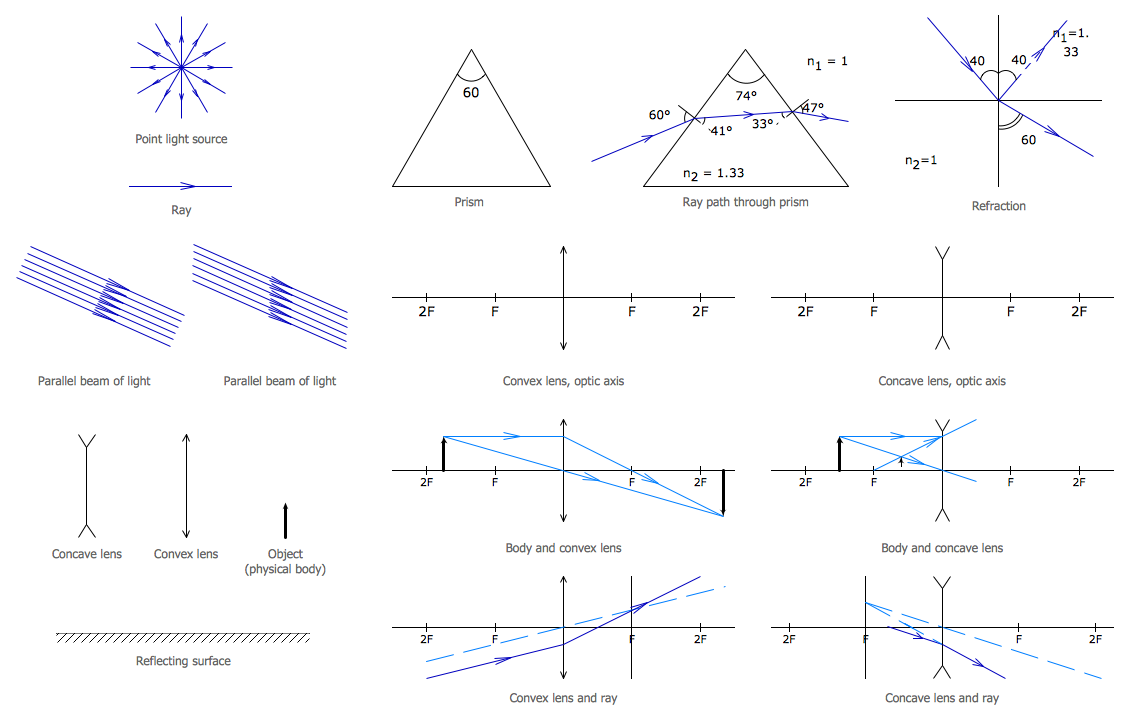

Instead, we'll rely on a system of reference points everyone can agree on. (2)Vectors are physical quantities having both magnitude and direction for example velocity, force, electric field, torque etc.We can't really use a math system (since they usually assign any old line as a reference point), or a navigation method (since they assign a reference point for no good reason).Mathematical operations can be performed between two or more vectors.

Some examples of vector quantities are displacement, velocity, acceleration, force, pressure, etc. We need a system that we can use to give the direction these vectors are pointing in. What is a vector Any quantity which has magnitude along with direction is a vector. Any time you are adding vectors together, you are trying to find this resultant, a vector that shows what all of the others would result in if put together.This is the same as the one vector that we drew in the example above.The one vector that represents all the other vectors is called a resultant vector.' (3.8) 2 2 '2 '2 a a x a y a x a y Multiplying vectors:-Vector by a scalar:-Vector by a vector: Scalar product. The laws of physics are independent of the choice of coordinate system. Khan Academy is a nonprofit with the mission of providing a free, world-class education for anyone, anywhere. Vectors & Physics:-The relationships among vectors do not depend on the location of the origin of the coordinate system or on the orientation of the axes.
#Vector physics for free
We are only concerned with the initial and final positions. Learn for free about math, art, computer programming, economics, physics, chemistry, biology, medicine, finance, history, and more.



 0 kommentar(er)
0 kommentar(er)
